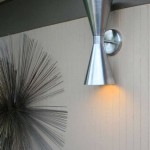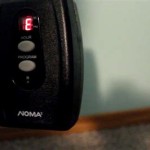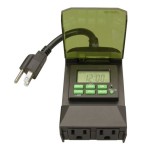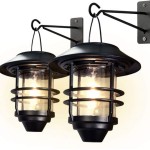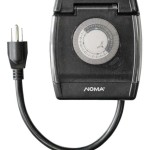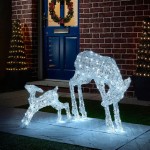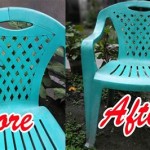Essential Aspects of Using LED Strip Lights Outdoors
LED strip lights have become increasingly popular for outdoor lighting due to their versatility, energy efficiency, and aesthetic appeal. However, using LED strip lights outdoors requires careful consideration of several essential aspects to ensure optimal performance and longevity.
This article will delve into the critical factors to consider when using LED strip lights outdoors, ensuring that you make an informed decision and achieve the desired lighting effects for your outdoor space.
1. Water Resistance and Ingress Protection (IP) Rating
Outdoor LED strip lights must be waterproof to withstand moisture and harsh weather conditions. The IP rating is a crucial indicator of water resistance, and a higher IP rating signifies better protection against water and dust ingress. For outdoor use, choose LED strip lights with an IP rating of at least IP65, which provides protection against water jets and dust.
2. Temperature Range and Heat Dissipation
LED strip lights generate heat during operation, and it is essential to ensure they can operate within the specified temperature range for outdoor use. Extreme temperatures can shorten the lifespan of LED strip lights or even cause damage. Choose LED strip lights with a wide temperature range that can withstand the temperature fluctuations common in outdoor environments.
3. Power Source and Voltage Regulation
Outdoor LED strip lights require a power source that can provide a stable voltage. Fluctuating or insufficient voltage can cause flickering, reduced brightness, or even damage to the LED strip lights. Use a power supply specifically designed for outdoor use, and ensure that the voltage provided matches the operating voltage of the LED strip lights.
4. Mounting and Befestigung
LED strip lights need to be mounted securely to prevent them from becoming loose or falling off due to wind or other external forces. Choose LED strip lights with strong adhesives or mounting clips that can withstand outdoor conditions.
5. Brightness and Color Temperature
Consider the desired brightness and color temperature of the LED strip lights for your outdoor space. The brightness should be sufficient to provide adequate illumination, while the color temperature should complement the ambiance you want to create. Opt for LED strip lights that offer adjustable brightness and color temperature if you want to customize the lighting.
6. Control and Dimming Options
Outdoor LED strip lights may need to be controlled remotely or with dimming options to adjust the brightness or change the color temperature. Consider using compatible controllers or dimmers that are designed for outdoor use to enhance the convenience and functionality of your outdoor lighting system.
Conclusion
By carefully considering these essential aspects, you can choose and use LED strip lights effectively for your outdoor lighting needs. These factors will help you achieve optimal performance, reliability, and longevity from your outdoor LED strip lighting system, creating a stunning and functional outdoor ambiance.

How To Choose And Install Led Garden Lights

Color Changing Waterproof Strip Lights For Outdoor Landscape Lighting

Led Strip Lights For Deck Lighting And Patio

The Complete Guide To Outdoor Led Strip Lights Lighting Access

120v Led Light Strips Long Run For Indoors And Out Ledsupply Blog

What Is The Difference Between Rope Lights And Led Strip

Color Changing Waterproof Strip Lights For Outdoor Landscape Lighting

Led Strip Lights For Landscape Outdoor Garden Lighting Bondilights

Led Strip Lighting Bedroom

Outdoor Led Light Strips For Permanent Lights Projects Stories Smartthings Community
Related Posts
